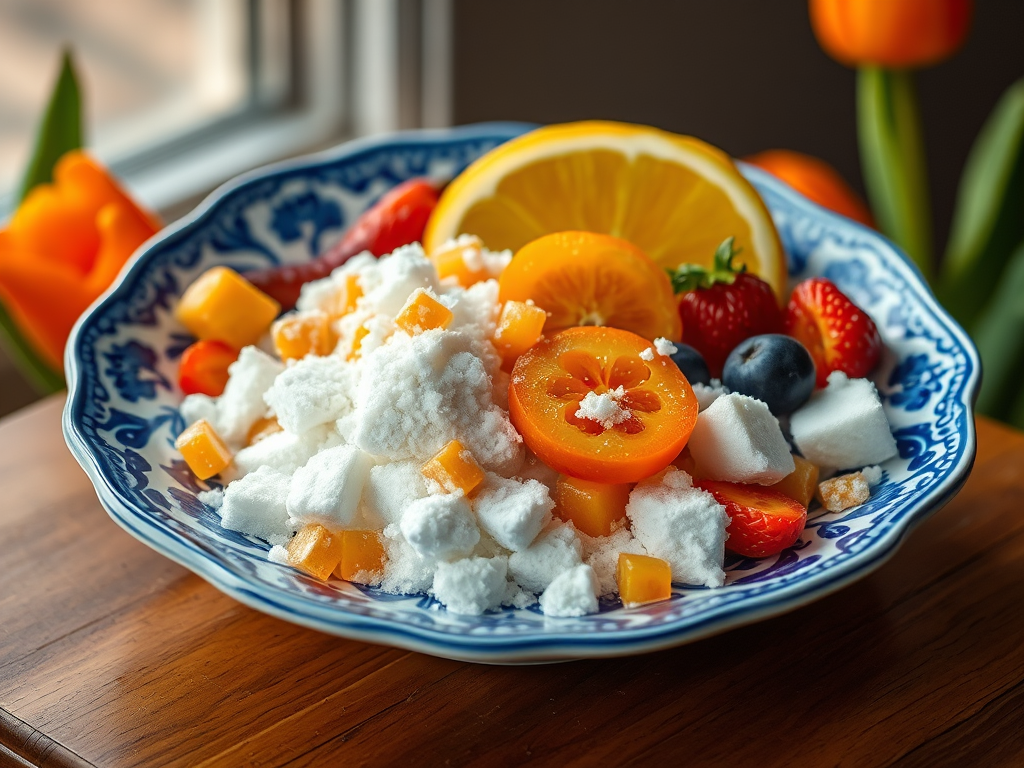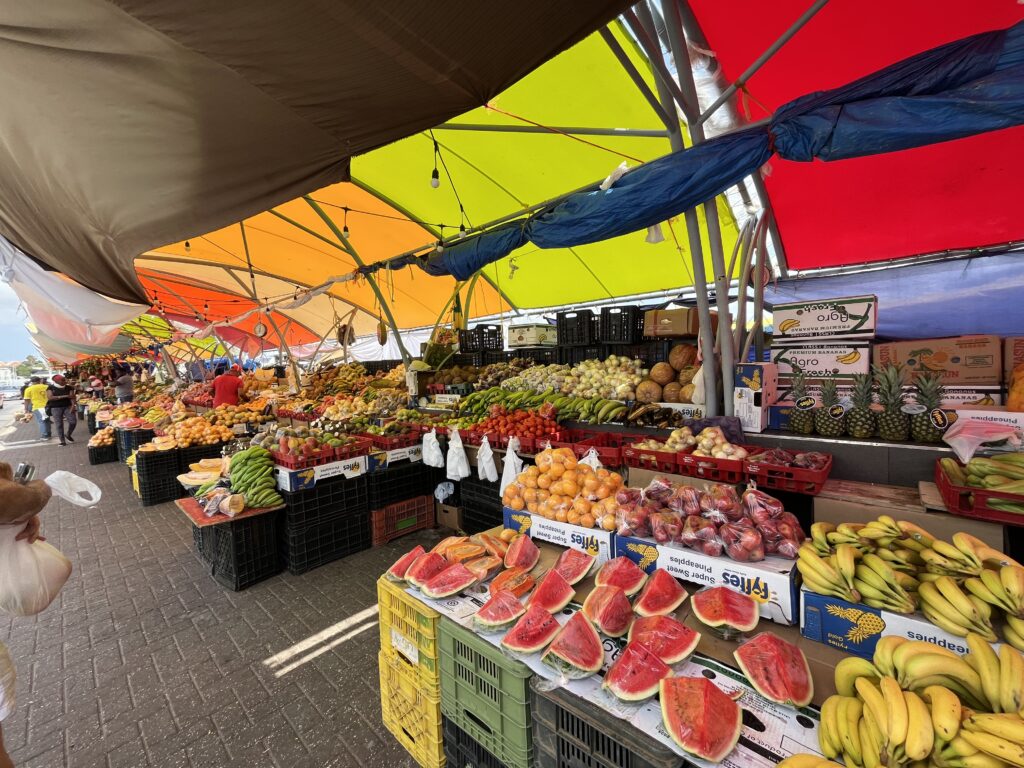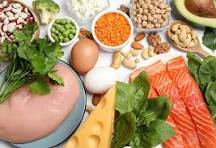
“Too much sugar is not good for you, but you need some for your energy.” “Sugar is those white blocks you put into your coffee or tea.” “Brown sugar is better than white sugar, but honey is the best.” This is how generations of people viewed sugar, including my parents.
I must admit that I have a sweet tooth. For decades, too much sugar resulted in unnecessary extra kilos for me. My many visits to the dentist testified to the sweets I consumed. I did a lot of sports, which kept things under control and, in general, I followed a healthy diet.
Unfortunately, sugar can be responsible for much more than excess weight or cavities. Before studying health issues, I was unaware of the havoc sugar can wreak on your body, from impacting your brain health to causing fatty liver, similar to the effects of excessive alcohol consumption
While 100% scientific proof is lacking, there are clear indications that sugar is addictive, not unlike hard drugs. To sugar, one should also add nutritionally poor white starch, such as white bread, white rice, etc.
For people with diabetes, spikes in glucose levels are plainly harmful. There is growing evidence of a greater impact from simple carbs. Sugars and refined starches do more than add calories or complicate life for people with diabetes. Added sugars and refined starch can cause health problems that sugars from fruit or complex carbs do not.
Sugar = Carbohydrate
The first thing I learned is that sugar is not a separate food group but a carbohydrate. Realizing that sugar is a carb helped me understand the concept of sugar much better. There are three main groups of carbs (sugar, starch, fiber), with sugars being so-called simple carbohydrates. Their organic formula is a multiple of carbon (C), hydrogen (H), and oxygen (O).
Glucose is a very common sugar. It is a hexose with six carbons (C), twelve hydrogens (H), and six oxygen (O) atoms (C6H12O6). Other common sugars are fructose and galactose (both of which have the same formula), sucrose, and lactose (both C12H22O11).
Sugar is Everywhere
Sugar is ubiquitous in nature. It is present in hundreds of different forms. Examples include lactose in milk or natural sugar in fruits and vegetables. It is the generalized name for sweet, short-chain, soluble carbohydrates, many of which are used in food. They are composed of carbon, hydrogen, and oxygen. Various types of sugar are derived from different sources.
It is also added generously to bread, cereals, pizza, and basically most processed foods. Just read the labels—it will make you depressed to see how high your added sugar intake can be. You also need a scientific degree to uncover the different names for sugar. Generally speaking, chemical names ending in “-ose” indicate sugars. “Syrup” indicates a sugary solution. Malting processes starchy grains like wheat and barley. This method converts them into sugar. As a result, “malt extract” will be mostly sugar.
An Added Sugar Calorie = An Empty Calorie
Your body needs energy (in the form of glucose/ATP). The source of this energy is crucial because you need meaningful calories, not empty calories. Two lumps of sugar give you the same amount of sugar as one banana. However, there is a world of difference. The lump of sugar gives you a fast but short spike in your energy level. In contrast, the sugar in the banana comes with vitamins, minerals, and other important compounds. Not to forget the starch, which can be up to 80% of the weight of unripe bananas. This starch is primarily resistant starch. It improves gut health by acting as a prebiotic. It also helps with blood sugar management. Furthermore, it increases satiety.
Those who think that all calories are the same are wrong. Technically/organically, added sugar is not different from naturally occurring sugars. In other words, sugar in fruit is not healthier than sugar in other products. Your body does not distinguish between naturally occurring sugars and added sugars. However, research has shown that with the empty calories of added sugar, you miss out on all the good stuff. These empty calories increase the likelihood of several diseases, including Alzheimer’s and cancer. A lot of research is ongoing; not all is proven, but there is also a correlation between too much sugar (i.e., easy carbs) and refined starch with certain types of cancer.
Complex Carbs are Better, but Even Here: Moderation is Key
Complex carbohydrates are generally considered healthier than simple sugars. They break down more slowly in the body, providing sustained energy. They are typically accompanied by fiber, vitamins, and minerals. However, consuming them in excessive amounts can lead to similar health issues as consuming sugars and refined starch. However, there are differences in how the body processes complex carbs compared to simple sugars.
What About the Technique of Converting Carbs into Energy?
Foods that contain carbohydrates (sugars, starch) are broken down into glucose in your stomach and intestines. This glucose is then absorbed into your bloodstream and transported to your muscles and organs. It acts as fuel for your body.
Your body uses insulin to help move glucose into your cells, where it is converted into energy. This process is essential for you to think and move. From your brain to your digestive system, all your organs require glucose to function properly.
Sugar = Same Impact on Your Liver as Alcohol (When it is Fructose)
Virtually every cell in the body can use glucose for energy. In contrast, only liver cells break down fructose (=a.o. sugar in fruits and soda). What happens to fructose inside liver cells is complicated. One of the end products is triglycerides, a form of fat. People who consume too much fructose may eventually develop non-alcoholic fatty liver disease. This condition is characterized by excessive fat stored in liver cells.
Experts still have a long way to go. They need to connect the dots between fructose and non-alcoholic fatty liver disease. They also need to make connections with obesity, diabetes, heart disease, and cancer. Higher intakes of fructose are linked to these conditions, but clinical trials have yet to show that it causes them.
Every cell in the body can use glucose. However, the liver is the only organ capable of metabolizing fructose in significant amounts. When people consume a diet high in calories, the liver becomes overloaded. It starts converting the fructose into fat.
Many scientists believe that excess fructose consumption may be a key driver of many of today’s most serious diseases. These include obesity, type II diabetes, heart disease, and even cancer. If you eat a typical Western-style diet with a lot of refined starch, you stress your liver. You end up damaging it in the same way alcohol does. In fact, fructose is virtually identical to alcohol in the metabolic havoc it wreaks.
Fruit is Much More Than Fructose
Stick with fresh fruits, especially berries, to maintain a healthy level of fructose intake. Avoid fruit juices, sodas, and other sweetened products. You would need to consume a significant amount of fruit. Only then would you come close to the fructose level in a single bottle of soda or fruit juice. More importantly, fruit isn’t just fructose. It’s also a rich source of vitamins, minerals, phytonutrients and fiber – things that make you healthier.
And what about too much glucose?
Excess glycogen is stored in the liver where it may be used later for energy. Your muscles are also a storage area for glycogen. Excess glucose above this can be converted into triglycerides which are stored in your fat cells. Note that any type of excess calories, no matter which macronutrient they come from can lead to body fat gain. There is nothing inherent in carbs, glucose, or glycogen that increase your risk of gaining body fat.
Carbs as one of the three main groups of macro nutrients
We know that there are three main groups of macronutrients: carbs, protein and fats. In additions there are minerals, flavonoids, vitamins, electrolytes and much more.
Carbs include sugars in all its forms. They can be divided into three main groups: sugar, starch, and fiber. This is how labels on your food items have divided the carbs.
Some words on the second group of carbs: “starch” (for Dutch readers “zetmeel”)
Whole vs. Refined starch. Starches in whole food forms, such as whole grains, legumes, and vegetables, come with fiber, vitamins, minerals, and phytonutrients. These nutrients make them a healthy part of a balanced diet. Refined forms (white bread, white rice, white pasta etc) are stripped of these nutrients during processing. As a result, they can lead to rapid spikes in blood sugar. They are not much different from added sugar in their negative health effect.
A note in between about phytonutrients
Phytonutrients, also known as phytochemicals, are naturally occurring compounds found in plants. They are believed to provide health benefits beyond basic nutrition. These compounds are not essential nutrients in the traditional sense. They are not required by the human body to sustain life like vitamins or minerals are. However, they are thought to support health and may help reduce the risk of certain diseases.
Most diets are based on 50% intake of carbs.
Most nutritionists advice to eat 50% of your calories as carbs, 25% protein and 25% fats. The only group of macronutrients that can be eliminated is the carbs. Fats (and as a last matter of resort also proteins) can provide the additional needed energy when taking out carbs.
That is why there are carbs-poor diets. People who follow these types of diets can reach the stage of ketosis. Severe carb limits can cause your body to break down fat into ketones for energy. This is called ketosis. Ketosis can cause side effects such as bad breath, headache, fatigue and weakness. It’s not clear what possible long-term health risks a low-carb diet may pose.
I have no comments on diets. In practice my carbs intake is below 50% and my fat intake more than 25%. Carbs-poor/free diets work for many. However, one should not forget that good (=complex) carbs offer many specific excellent compounds.
Fiber, the third carb group (in addition to sugars and starch)
Fiber, also known as dietary fiber, is a type of carbohydrate that the body can’t digest. Unlike other carbohydrates, which are broken down into glucose, fiber passes through the digestive system relatively intact. Fiber is primarily found in plant-based foods and is an essential part of a healthy diet.
The recommended daily intake of fiber varies with age, sex, and life stage. Generally, it is suggested that adults consume about 25 – 30 grams of fiber per day. But, most people do not get enough fiber in their diets. Too much is not unhealthy, but can lead to bloating.
Soluble Fiber dissolves in water to form a gel-like substance. It’s found in foods like oats, fruits (e.g., apples, citrus), barley, and legumes. Soluble fiber can help lower blood cholesterol and glucose levels.
Insoluble Fiber does not dissolve in water and helps add bulk to the stool, which aids in regular bowel movements. Foods high in insoluble fiber include whole grains, nuts, beans, and vegetables such as cauliflower, potatoes, and carrots.
This blog for starters, there is much more to tell about sugars!
Take care, live a happy and healthy life,
Robert, your health friend











